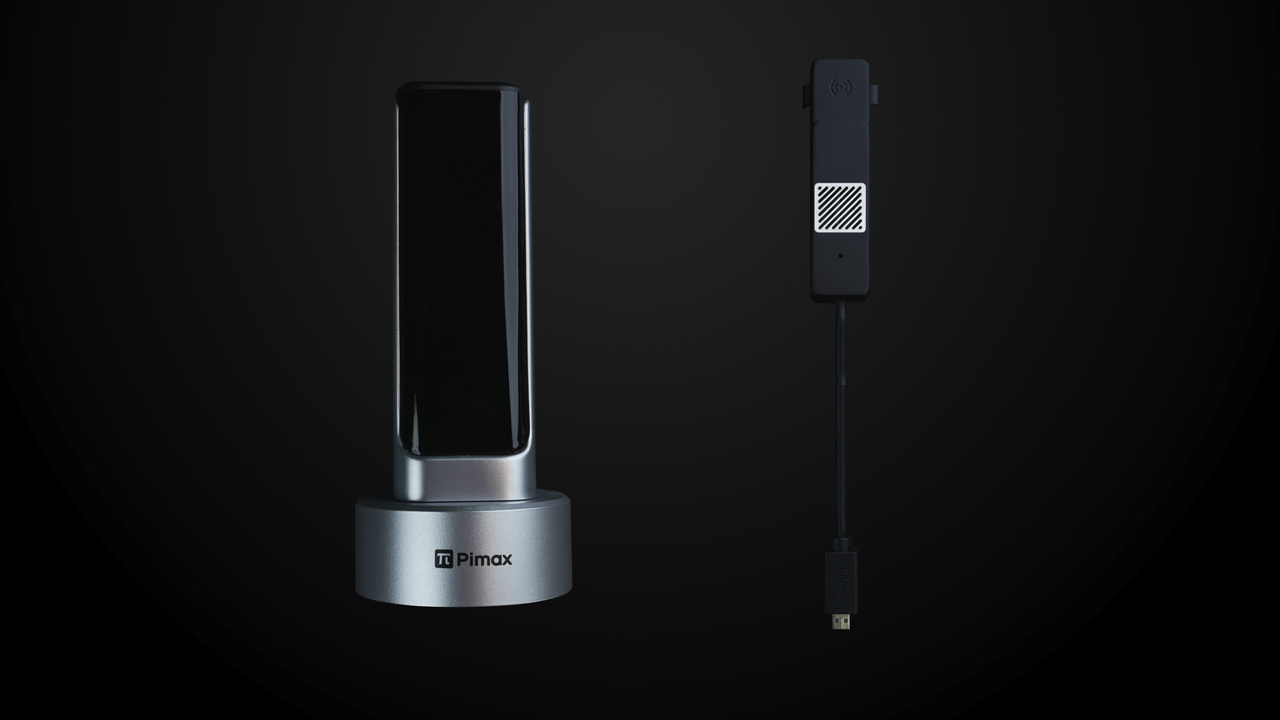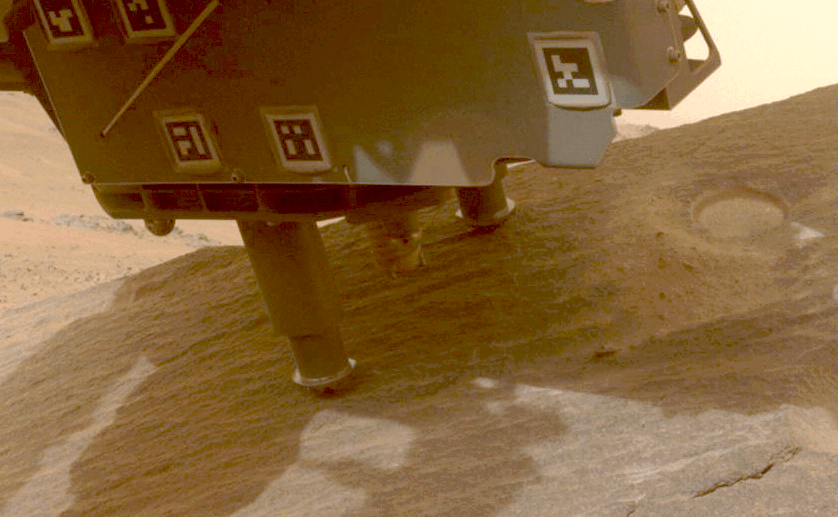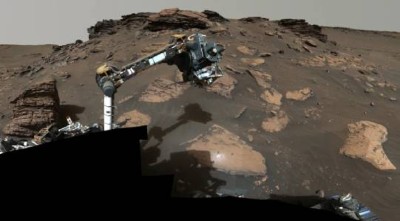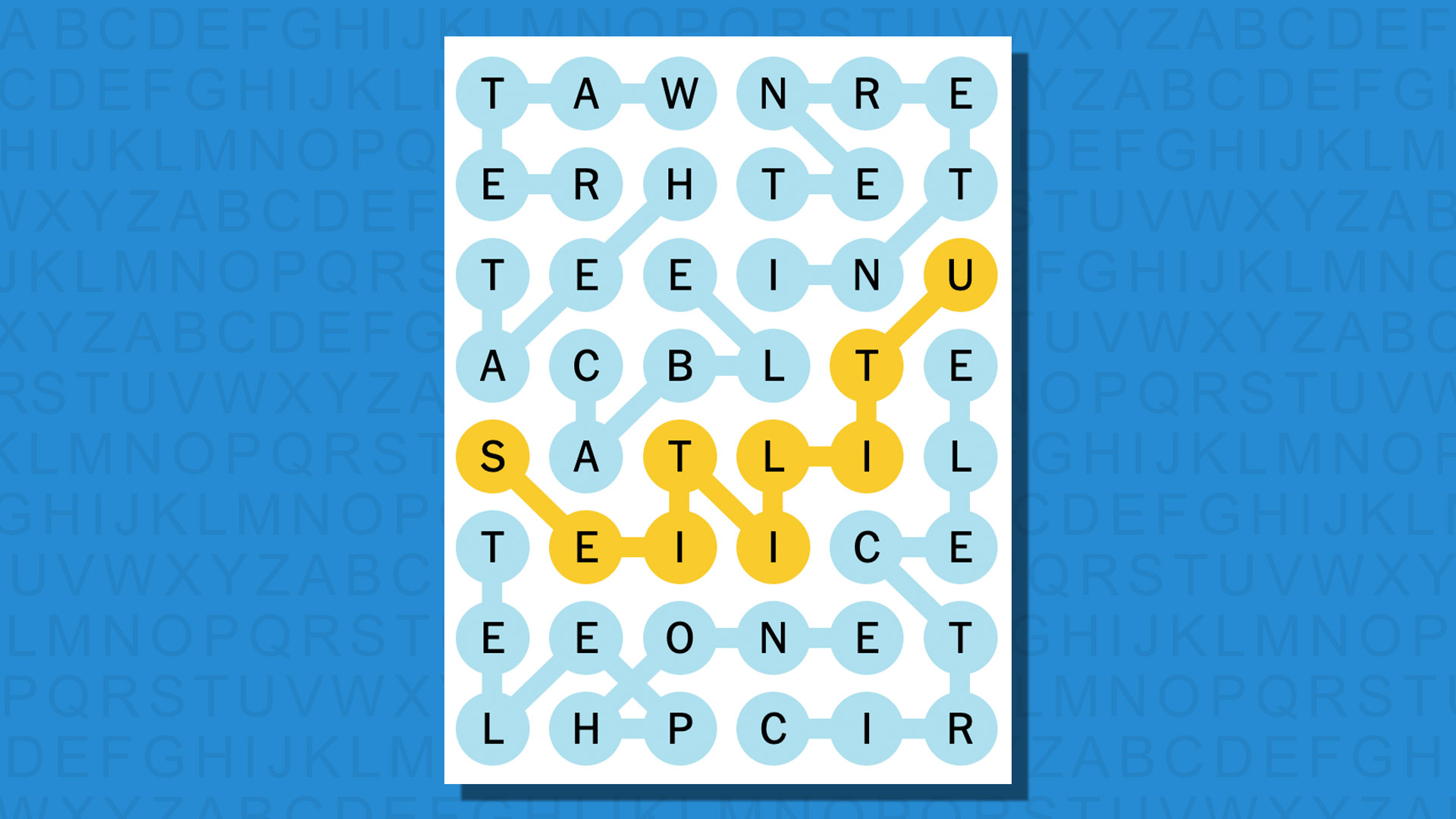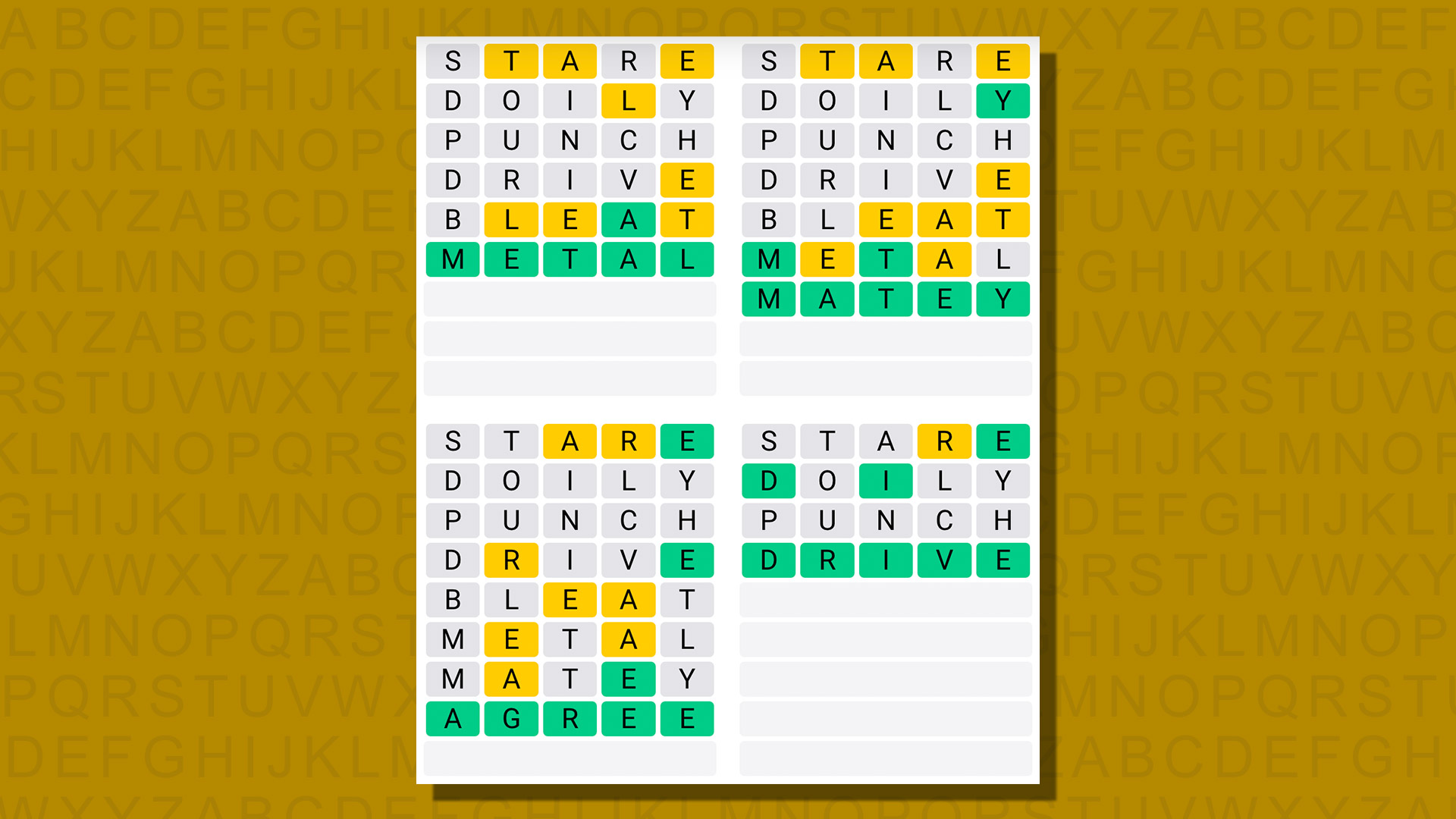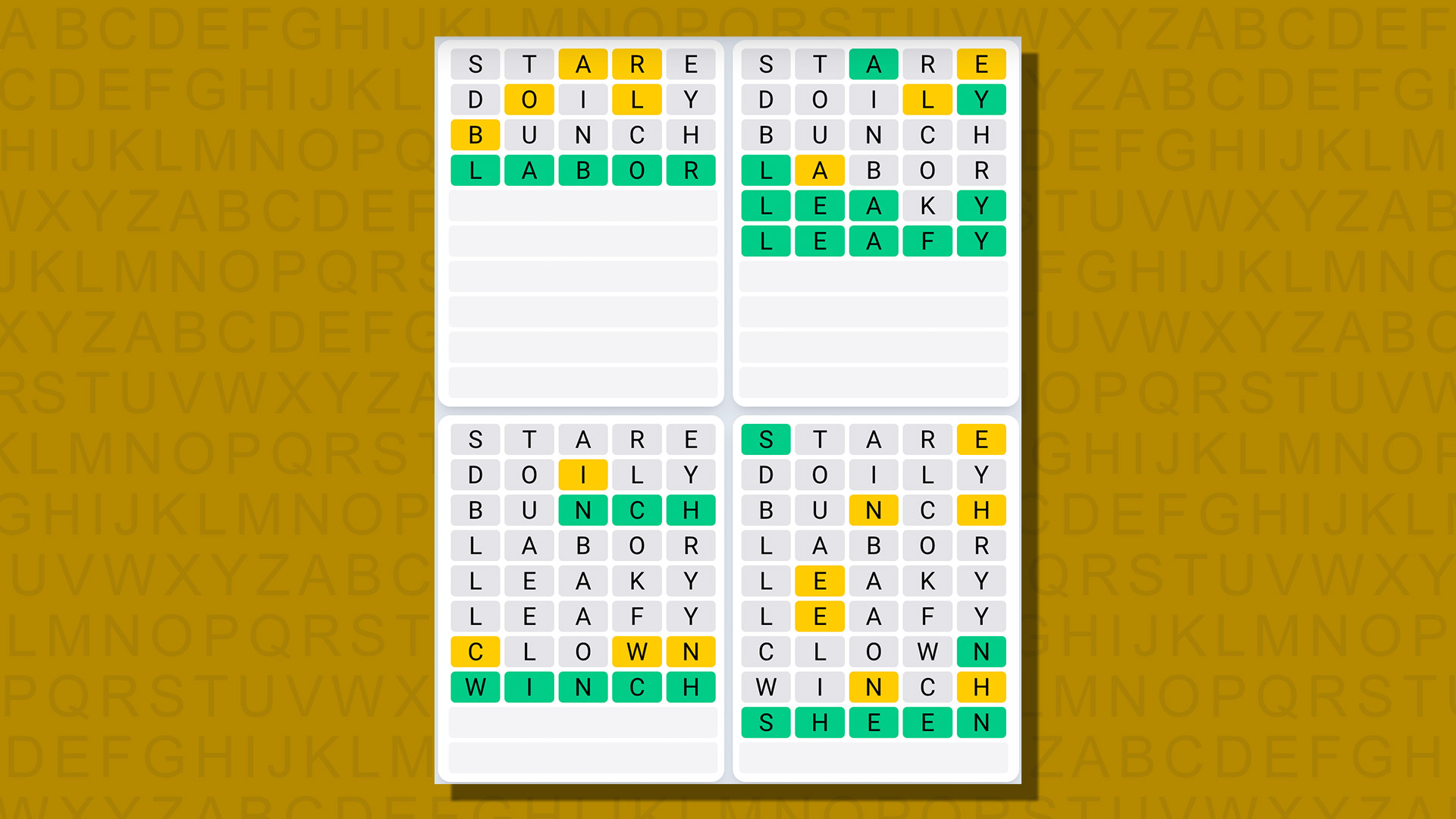[ad_1]

Imagine a world where knowledge, data, insights, breakthroughs aren’t hoarded but shared, with a purpose: to tackle the monumental challenges facing our communities, societies and planet. This isn’t a utopian ideal, but a technical reality, and more importantly, moral imperative today.
Debates that were once the domain of Ivory Tower academics are front and center in the boardrooms of organizations working in energy, defense, transportation and healthcare. Stung by years of instability, volatility, global crises, conflict, and tension, companies are desperate to increase resilience, efficiency and competitiveness. There is growing evidence of individuals within enterprises keen to work cooperatively in ecosystems, who see the vastness of the challenges their businesses face and know that it is only possible to meet those challenges in partnership with others.
But enthusiastic individuals have been struggling against corporate and political inertia. In the midst of the pandemic, the World Economic Forum highlighted a lack of will at the highest levels to collaborate across geographies, across boundaries. Adoption of initiatives to enable collaboration, desire for consensus, and expectation of standardization are slowed by self interest, and perceived commercial realities.
Founding Member and Head of Engagement at IOTICS.
Growing understanding
Despite a growing understanding that sharing information leads to better outcomes for customers and companies, and usually as a result benefits people’s lives and the planet, some industries are slower than others when it comes to being open to sharing data in a mixed trust or zero trust environment. The orthodoxy says that the solution is to convince the majority of the rightness of a course of action, and get agreement on how to act, and then to implement change.
That isn’t how you change the world. The sad reality is that in a global market slow and steady doesn’t win a race, I’d argue it never has, but it certainly won’t if the race track is crumbling around you. Look at the healthcare industry, for example. Organizations here are dealing with more problems in more complex ways that are more expensive than ever before. But these problems are approached with 20th century budgets and ideas. As a result, many healthcare systems are at breaking point.
Greater demands
In every aspect of our life we are seeing greater and greater demands on our resources, personal, societal and governmental. One of the challenges that the utilities sector faces is accurately identifying and supporting customers living with vulnerabilities. Despite mandates from regulators around data sharing, progress has been slow and many vulnerable customers face potentially dangerous situations. Utilities companies hold information on customers that, if available securely across an ecosystem, could allow emergency help to be directed to those who need it most in the event of a storm or flood. Sharing data could also help provide tailored extra support by being more flexible around payments.
In defense, despite the heightened geopolitical risk, encapsulated by the notion we are now on a pre-war footing, the UK armed forces are facing an equipment funding shortfall of £17bn over the next 10 years. Civil and military aerospace and industrial manufacturers are confronting supply chain disruption, spiraling prices, and skills shortages. We simply do not have the runway for business as usual. Siloed effort, and worse repeated reinvention of effort, are wasting resources at every level of the supply chain.
Technology-enabled cooperation can inspire and accelerate societal change for a thriving planet. New technologies, approaches, and capabilities are being developed by brilliant individuals and organisations all the time, but working together and leveraging expertise from across sectors, geographies and organisations can provide sustainable solutions. The automotive industry is investing in data spaces to enable interoperable supply chains from rare earth materials to on-the-road innovation. Embedding resilience, increasing adaptability and enhancing the value in their individual expertise and specialisms.
Data has become our most valuable commodity, but it is often siloed within organizations due to technical, regulatory or commercial barriers. Concerns around intellectual property (IP), commercial asset & secrets, and cybersecurity are held up as the barrier to working and thriving in ecosystems. Technologies now exist that can mitigate these risks, enabling sovereignty of data, and secure cooperation without exposure to commercially sensitive or individually identifiable information.
Exploring different models
Despite these innovations, reticence remains, and there is still an unwillingness to explore different models and new approaches. I passionately believe that to delay further is immoral. To know that it is possible to address climate change, to increase climate resilience, to improve social inequality, to protect the most vulnerable in our society and ensure that no one is left behind as we transition to new technologies, energy and models and to not act is now a choice. To hide behind initiatives that are little more than talking shops, sustainability approaches that don’t address the underlying wastefulness and roadmaps for change that won’t see impact for decades, if at all, is a dereliction of leadership.
It is also a disservice to shareholders. I accept the commercial realities we all work within. So let’s remove the moral and speak to selfish altruism. A recent KPMG report stated ‘Every day, organizations deal with increasing amounts of data, originating from both inside and outside the organization. Due to centralized data ownership and data access, transparency and timeliness have become bottlenecks in many organizations’.’ Those bottlenecks cost money, they represent inability to bring capabilities to market, to seize opportunities and to maximize profits. Inability to cooperate in ecosystems limits export markets, diminishes resilience, and prevents the innovation and adaptation necessary to capitalize on new technologies.
Unwillingness to grasp the imperative of rapidly exploring, leveraging and exchanging data, knowledge and systems across ecosystems, is hurting your businesses. It is limiting the upside of your strategy and leaving you vulnerable to the symptoms and consequences of the generational challenges that we face. There might be a moral imperative for data sharing. But there’s a commercial one too.
We’ve listed the best cloud optimization service.
This article was produced as part of TechRadarPro’s Expert Insights channel where we feature the best and brightest minds in the technology industry today. The views expressed here are those of the author and are not necessarily those of TechRadarPro or Future plc. If you are interested in contributing find out more here: https://www.techradar.com/news/submit-your-story-to-techradar-pro
[ad_2]
Source Article Link






